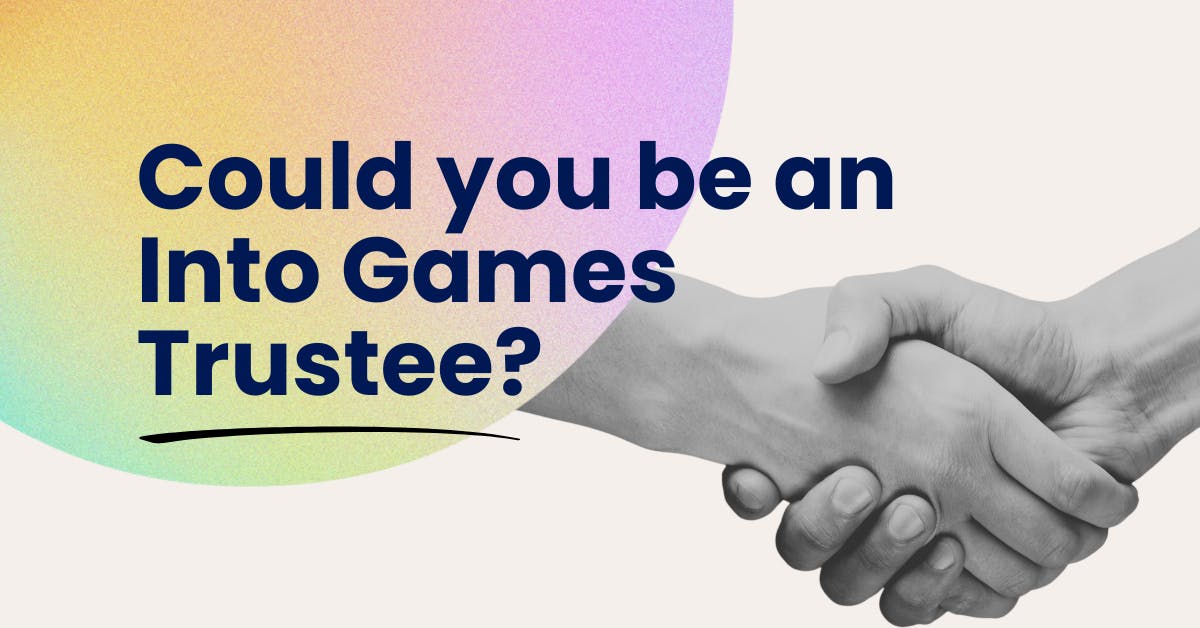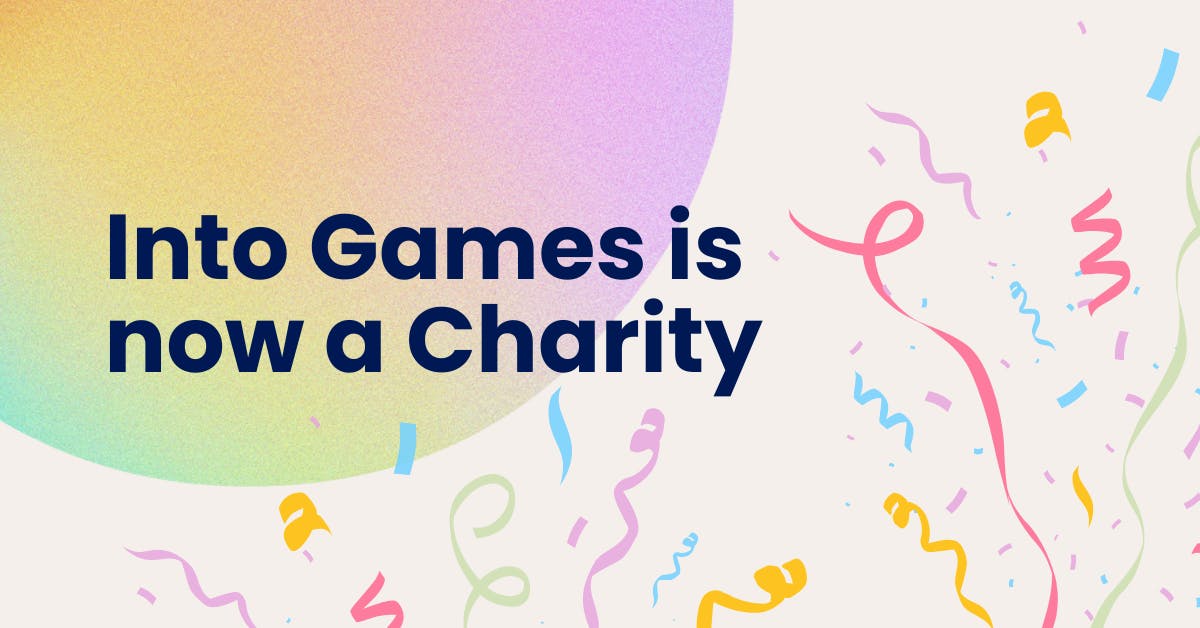
16 August 2020
Creating your Games Industry Portfolio

Going into any creative role in the games industry, you will be expected to have a portfolio that can showcase your work and what you are capable of. It’s important to put time into ensuring that it shows off your skills and stands out from other applicants when you’re applying for a job. If you’re unsure about what to include or how to best showcase your skills, we’ve pulled together some tips and tricks for you to get started.
The Five Components of a Great Portfolio
- Accessibility and readability
- Your best work
- Personality
- Versatility
- Contact details
Now let’s break it down. Your portfolio needs to be easy to access; whether it’s a personal website, a downloadable PDF or a snazzy showreel, make sure it’s clear where employers can download it from. If you’re applying directly, include a clear link or downloadable file in the email. It also needs to be readable in the sense that all of the important information is organised in a clear and concise way. Find that balance between a minimal look and your own creative flair.
You might have heard the old line that employers won’t read past the first page of a resume, whether this is true of everyone or not, be sure to show your best work first – put your best foot forward as they say! You’ll want to show studios what you are capable off, but remember that it’s about quality over quantity.
Be sure to show employers who you are in your portfolio: what makes you unique? What makes you interesting or different from other designers, writers, animators etc? Show off your personality and make it clear what you will bring to a team or studio.
And while you definitely want to show off who you are and your own art style, be sure to include a range of work, some of which should be tailored to the studio you are applying too. If it's a studio that primarily makes games in 2D pixel art, for example, make sure you have some in your portfolio - employers love to see versatility.
Last but not least, make sure you are reachable. Don’t hide your contact details at the bottom of a page or through another link – show your email and relevant social networks as clearly as you can. They need to be able to contact you if they want to work with you!
Hopefully, these tips will help you get started, and if you want to learn more check out some further advice here and here.
Canva and Google Docs are great for making creative CVs or resumes and include templates to help you, and both SquareSpace and Wix are easy-to-use tools to build your own website. A games industry portfolio will allow you to showcase who you are and your best work to your peers and potential employers so it’s worth investing time and effort into making it the best it can be. Good luck!
Stay up to date
It's time to level up your inbox
Pick which newsletters you're interested in receiving, and customise further by specifying a discipline.
Join our mailing listTell me more






